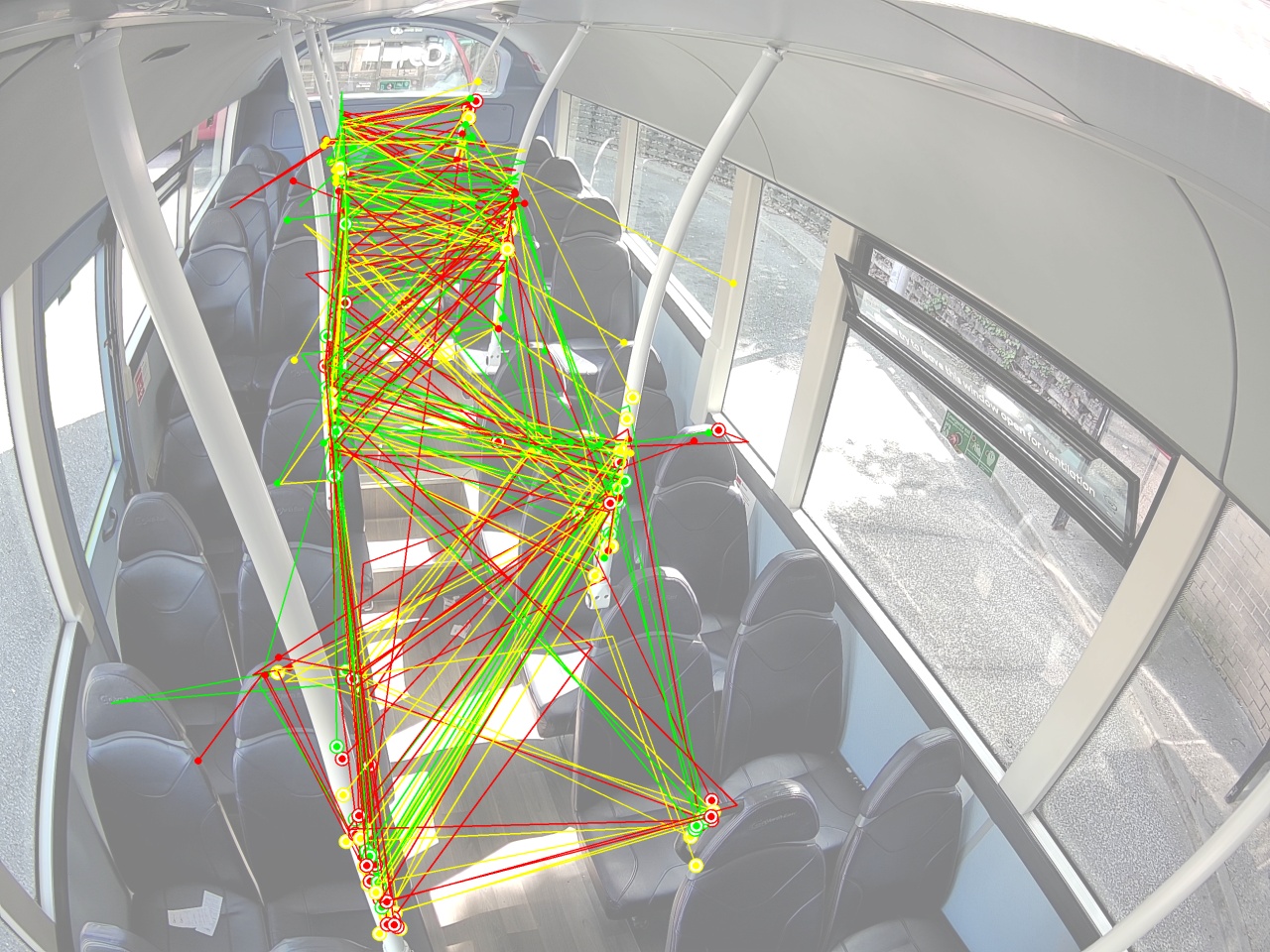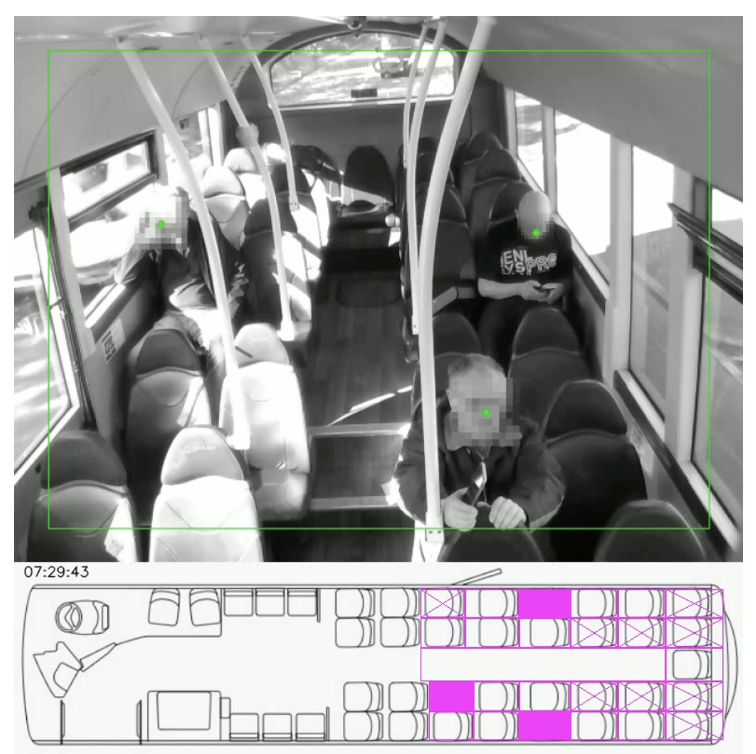
DAFNI hardware is a key component of Newcastle National Urban Observatory’s work with the Transport Risk Assessment for Covid Knowledge project which seeks to better understand and model disease transmission on public transport.
Phil James, Director National Urban Observatory Facility Newcastle, School of Engineering, Newcastle University explains:
Thanks to monies from the DAFNI hardware fund we were able to purchase two high performance Graphics Processing Units (GPUs) for dedicated use by our Urban Observatory Research Group within the School of Engineering.
We are currently using the GPUs primarily in our work with the TRACK project: Transport Risk Assessment for Covid Knowledge. TRACK was born from the emergency funding for Covid 19 provided by the SAGE committee early on in the pandemic, at the behest of the Department of Transport who sought to better understand how safe it was to travel on public transport during a pandemic.
The £1.6m project was funded by UK Research and Innovation, with the lead partner being University of Leeds and with support from the Department for Transport, several transport organisations, and of course our research group at Newcastle University.
The main areas we’ve been researching are virus transmission models on public transport, together with risk and mitigations – social distancing, improved hygiene.
We found that in previous models many assumptions were made in areas such as how far apart people sit, where they sit, etc. We used on board CCTV footage from operators such as Transport for London, Go North East and some rail operators to identify what we could quantify in terms of realistic numbers to feed into the transmission models and statistical models.
We wanted to improve the assumptions. So we began to model how many people would likely be on a certain bus route, whether the windows would likely be open, what people would likely touch, where they tend to sit, etc. That sort of information was previously really informed guesswork, so using the GPUs and CCTV we tried to quantify many of those data points such as social distancing, mask wearing on public transport, surface contact – where and how many times surfaces were touched, and under what conditions, etc.
One of the interesting points from the research is that we discovered that people tend not to touch many surfaces when they get on the bus but when they get off the bus is moving, so they touch a lot more areas.

The project was initially scheduled to run for 18 months, funded by Covid monies and managed by EPSRC.
We have since had an 18 month extension, so the project is now due to finish in September 2023. The project extension seeks to develop a novel risk model that can simulate infection risk through three transmission mechanisms (droplet, aerosol, surface contact) within different transport vehicles and operating scenarios.
Science takes a long time but Covid happened very quickly, so rather than trying to find immediate answers around transmission risk, the TRACK project will help us to better prepare for the next pandemic and to provide advice to give transport operators for the future. Transport operators are keen to have this information as they are now spending 100 times more on chemical products than pre pandemic and need to know its efficacy and which touchpoints are the most important.
We are also developing improved models within the project.
Previously we used on-board footage supplied from operators from which we could gather certain visual touchpoints.
However, we now have our own cameras and are starting a campaign on a couple of trains where we will be able to measure all the datapoints we require from the same trains (rather than collating data from multiple) and will be undertaking research not limited to visual, including swabbing, measuring Co2 over a period of a week, looking at CCTV footage, ventilation, cleaning regimes and more over one week. We will be using the DAFNI GPUs to process some of that CCTV data.
We also have a range of other projects at Newcastle for which we plan use the GPUs and we look forward to doing new and interesting things using DAFNI such as parameterising human behaviour, urban digital twins for mobility and air traffic quality.
Having the GPUs funded by the DAFNI monies enables us to do more research faster, as it increases our ability to process video. The new GPUs bring us a distinct escalation in terms of speed and scalability and allows us to use our own dedicated servers rather than relying on expensive cloud computing options.
